Lighting system advances for controls and fixtures
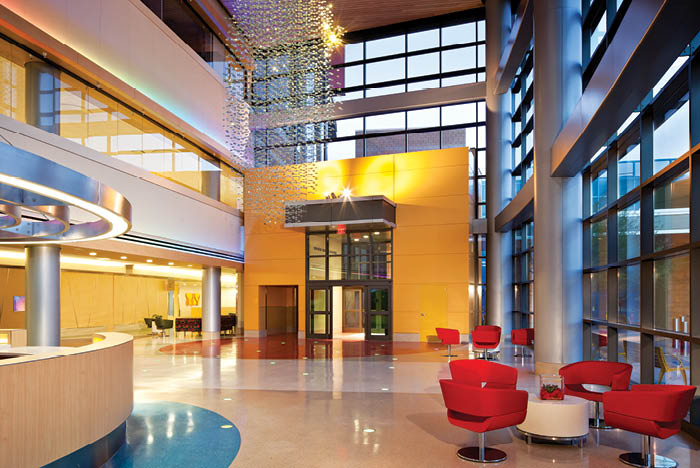
Advances in lighting controls and fixtures have gone beyond the energy-efficiency and long-life features of light-emitting diodes (LEDs) to also incorporate the “internet of things,” controllability, the ability to mimic circadian rhythms and connectivity to building automation systems (BASs).
Developed in response to increased demands for efficient operations and improved patient satisfaction, these and other lighting innovations have helped health care facilities accomplish a variety of operational improvements.
Many challenges
Despite these advances, however, hospitals still pose many challenges to lighting manufacturers. One is the variety of space types, such as patient rooms, offices, nurses stations, lobbies, waiting areas and procedure rooms. This requires flexible and scalable lighting solutions that meet a variety of control needs and building code requirements, while also focusing on patient comfort.
Additionally, lighting systems need to provide patient-perceived quality of light, which has an effect on the healing environment and at the same time gathers and analyzes information. This information can be used for space utilization, workflow optimization and real-time location tracking to help hospitals improve operational efficiency and occupant experience.
Another challenge is the availability of flexible spaces. With square footage at a premium, hospitals are looking for ways to quickly transition rooms for multiple purposes. “That is why onboard controls are so important; they provide the flexibility to adapt spaces as needed to meet patient demands,” says Kathryn Caspar, vice president for indoor lighting at Cree Lighting, Durham, N.C. “Cree’s fixtures are enabled with SmartCast wireless technology or other partner solutions to help enable that flexibility.”
Energy efficiency is still a priority when designing lighting systems for health care facilities. Typical energy-saving strategies, such as occupancy sensing, daylight harvesting and scheduled lighting setback, drive at least 30% to more than 50% of energy savings on top of any transitions to energy-efficient LEDs, according to Steve Roe, vice president of indoor controls with Acuity Brands Lighting, Atlanta. “The ability to dim light fixtures in common spaces at night or automatically turn off the lights when a room is vacant drives energy savings,” he says.
In fact, a combination of dimming, motion and daylight strategies can save up to 70% of energy when combined with LED.
“Sensors available from Cooper Lighting Solutions [Peachtree City, Ga.] include technology such as power measurement and position so hospitals can start with an energy-saving strategy to meet and exceed code and then graduate to location-based services if they so desire,” says Eric Jerger, vice president and general manager for connected systems at Cooper Lighting.
Lighting control systems are very much a part of the internet of things and can compile data that helps hospital facilities managers adapt to changes in space and patient requirements. In fact, lighting for specific areas can be holistically tailored to meet patient and professional needs.
New lighting technology leverages internet of things capabilities to deliver greater value from a building’s lighting infrastructure, according to Gerben van der Lugt, global segment leader for health care at Signify, Eindhoven, Netherlands. “Connected lighting applications can provide and process data captured by lighting-based sensors that count people; register motion; and measure temperature, air quality and noise levels. Lighting also can act as the dominant infrastructure for location services such as wayfinding and asset tracking.”
Maintaining a clean environment to reduce the risk of infection has emerged as an even greater concern for hospitals in light of COVID-19. Thus, UV-C-based lighting has become a predominant topic of conversation among health care providers.
Off-site challenges
The growth of smaller, off-site medical facilities has influenced the design of lighting controls and fixtures. As this trend continues, designing systems that offer multiple functions in a smaller footprint becomes critical.
“Circuit breaker-controlled lighting control solutions support this effort,” says Justin Carron, health care and life sciences segment leader for the electrical sector at Eaton, Cleveland. “Adding mobile device management allows off-site facility managers to support smaller facilities remotely.”
Managers of off-site facilities focus on the same patient and practitioner balance as do those at large health care campuses but on a smaller scale.
“The smaller footprint not only reduces overhead costs but can provide more tailored patient solutions through high-value, multifunction lighting fixtures at attainable prices,” says David Kelley, director of specification sales at Hubbell Healthcare Solutions, Greenville, S.C. “The use of distributed control systems, where control is programmed right into the fixtures, fulfills that need for these off-site applications.”
The Vive wireless lighting control system from Lutron Electronics, Coopersburg, Pa., offers a scalable solution for off-site facilities that can expand over time, according to Craig Casey, building science leader at Lutron. Different facilities can combine multiple Lutron systems in one centralized platform, called Enterprise Vue. “Lutron’s Enterprise Vue allows users to manage all of their locations from one dashboard. Teams can manage main hospital lighting on a Quantum system, for instance, while also getting alerts for a Vive system installed on a satellite campus.”
High-quality task lights are in demand at many off-site facilities because of reduced ambient lighting conditions, according to Kerrin Meier-Rowek, medical sales manager at Waldmann Lighting, Wheeling, Ill. Thus, the company provides various mounting options for its examination lights including wall-mount, rail-mount, table clamp and rolling floor stand. “During the current pandemic, our Visiano 10-1 (on a rolling floor stand) is being selected as a durable, flexible exam lighting solution to outfit temporary facilities set up to combat COVID-19,” Meier-Rowek says.
New innovations
Innovative fixtures are part of the current evolution of lighting systems. For example, Waldmann Lighting offers the Triango 100 minor procedure light, with a light output of 100,000 lux at 1 meter; the Visiano 20-2 minor procedure light, with 60,000 lux at 0.5 meters; and the Halux N50 examination light, with a 50,000 lux level at 0.5 meters. All feature a high color rendering and light field with adjustable color temperature and dimming functions, and optic design that reduces shadows.
“The option to adjust color temperature for a specific application ensures that hospital staff can meet several lighting needs with one particular fixture,” Meier-Rowek says. “Visiano 20-2 also features an antimicrobial finish on the light head, which promotes infection control.”
Cooper Lighting Solutions has introduced three fixtures that are designed to meet multifaceted requirements within hospitals, according to Michael Lunn, regional sales manager.
The Fail-Safe FCZ is a center basket fixture that includes white-tuning-optional ISO5 clean room compliance. Another introduction, the Fail-Safe FSN provides a narrow aperture, flat-panel look for a recessed slot fixture. It includes field-selectable lumen and correlated color temperature selection. For more general areas of the hospital, the new Shaper Sense offers aesthetics as well as a noise reduction coefficient of 1.4 and 1.38 sound absorption average. All three fixtures can be wirelessly controlled via the WaveLinx connected lighting system.
New sensors also are making an impact. Acuity Brands has introduced small, battery-powered, wireless occupancy and daylight sensors for a variety of spaces. “When paired with fixtures that have embedded controls, this solution reduces the number of devices,” Roe says. “It is part of a scalable, wireless networked control platform that provides energy savings and reconfigurability, should space needs change in the future.”
Signify has introduced internet of things sensor bundles that collect and deliver data via its wirelessly connected lighting system and environmental monitoring application programming interfaces. The bundles can monitor occupancy, temperature, noise, daylight levels and relative humidity. They are Bluetooth-enabled to provide indoor positioning and navigation capabilities.
“Bundling and delivering these sensing capabilities into one unit eliminates the need for multiple sensors,” van der Lugt says. “They are easily upgraded on-premise with a simple click-and-swap via a sensor slot, across a wide range of Philips fixtures. There’s no need to remove the fixtures from the ceiling because sensors can be fitted from the front.”
Color temperature tuning is another feature of new systems. For example, SpectraSync color temperature tuning technology from Hubbell Healthcare Solutions is available in a range of fixtures. The technology operates on standard 0-10-volt dimming protocols and supports presets and scheduling through a NX Distributed Intelligence lighting control system or third-party controllers. “By using a single driver with flexible control options, occupants can control the space based on the application, daily activities or user-defined preferences,” Kelley says.
The interplay between electric light and natural daylight is becoming a critical component of improving the patient experience, and designers have more tools at their disposal to make that happen, according to Casey.
“For instance, Lutron Electronics just launched Athena, a flexible, all-in-one system that integrates Ketra (LED technology that mimics the patterns of the sun) with shading, and a variety of automated and individual controls,” Casey says. “Athena controls both white light and saturated color from an intuitive app, giving hospitals a new option to create special features in lobbies, auditoriums or cafes, or to flood those spaces with natural light.”
Likewise, Cree Lighting offers the Cadiant Dynamic Lighting Experience. The skylight is designed to enhance interior spaces with little to no natural light, using sun and sky panels to create a connection to the outdoors. The Cadiant design mimics both the sun and sky using color temperature, light intensity and light distribution to make it appear as if the sun is moving across the sky. The skylight is powered by Cree Lighting’s SmartCast Wireless Technology, which creates a local wireless network and is controlled by a touchscreen, allowing people in the space to create a desired experience.
“Users can set up static presets or use daylighting profiles that come pre-loaded to make the skylights follow the course of a day or follow a 12-hour shift to help keep nurses and staff on their circadian schedules,” Caspar says.
Integration with BASs is another feature of new lighting control systems. For example, Eaton offers a new version of its most advanced controller within the Pow-R-Command intelligent lighting control product family, PRC2000E. It integrates with a facility’s BAS, using BACNet or Modbus protocols. These panel boards connect lighting controls with circuit protection while offering a reduced footprint and scalable architecture. “Tying into larger systems helps facilities managers take a broad view of their energy usage and set up routines and schedules to reduce consumption over time,” Carron says.
Facilities managers also can deploy Pow-R-Command panel boards to achieve efficiency gains at the breaker level. “Consider hospital parking lots, which are a challenging area for lighting systems,” Carron adds. “With these panel boards, staff can configure and automate dimming and switching for vacant lots while simultaneously powering lots that require lighting.”
Quantum, available from Lutron Electronics, is capable of integrating with BASs to streamline building operations. “Lighting and control technology offers a variety of new ways to make health care facilities more responsive to individual needs — all while supporting the well-being of patients and staff,” Casey says.
Technology on tap
Gerben van der Lugt sees the health care industry embracing the internet of things capabilities of lighting to an even greater extent in the future.
“Biological (human-centric) light will receive more attention, and light mimicking circadian rhythms will eventually become the standard,” according to van der Lugt. “Accelerated by the COVID-19 pandemic, UV-C lighting applications will increasingly be used to support strict device, air and surface disinfection regimes in hospital settings.”
Neal Lorenzi is a freelance writer and regular contributor based in Mundelein, Ill.

ADAPTABLE APPLICATIONS
The Visiano 20-2 minor procedure light and Halux N50 examination light feature a color-changing option that ensures hospital staff can meet several lighting needs with the same fixture. Waldmann Lighting
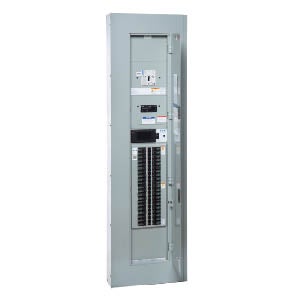
EFFICIENT OPERATION
Pow-R-Command Lighting Control panel boards enable health care facilities to reduce energy consumption and comply with energy efficiency codes. Eaton
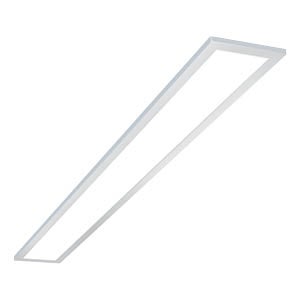
TIGHT FIT
Fail-Safe FSN is a sealed LED fixture with selectable correlated color temperature and lumens designed for shallow plenum spaces. Cooper Lighting Solutions
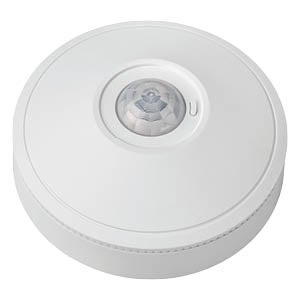
SERIOUS SENSOR
The nLight AIR wireless battery-powered occupancy and daylight sensor provides easy installation and immediate energy savings by automatically dimming or turning off lights. Acuity Brands Lighting
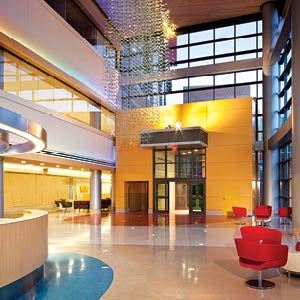
FANCY COLORS //
Color-changing iColor Cove MX Powercore luminaires make for a cheerful entrance. Signify
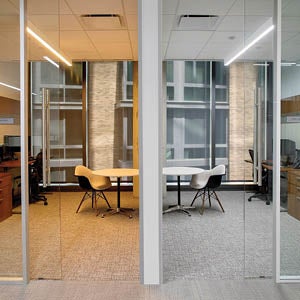
IT’S YOUR CHOICE
When light fixtures are equipped with SpectraSync, occupants can adjust both intensity and color temperature based on preference. Hubbell Healthcare Solutions
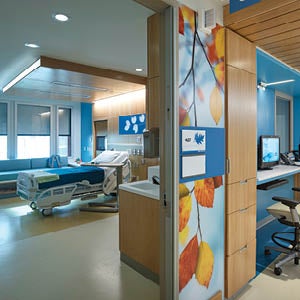
FOLLOW THE SUN
A tunable white lighting system mimics the patterns of the sun on an automated schedule. Lutron Electronics
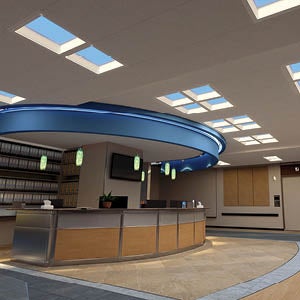
BRINGING THE OUTSIDE IN
The Cadiant Dynamic Lighting Experience skylight is designed to enhance interior spaces with little to no natural light, using sun and sky panels to create a connection to the outdoors. Cree Lighting

